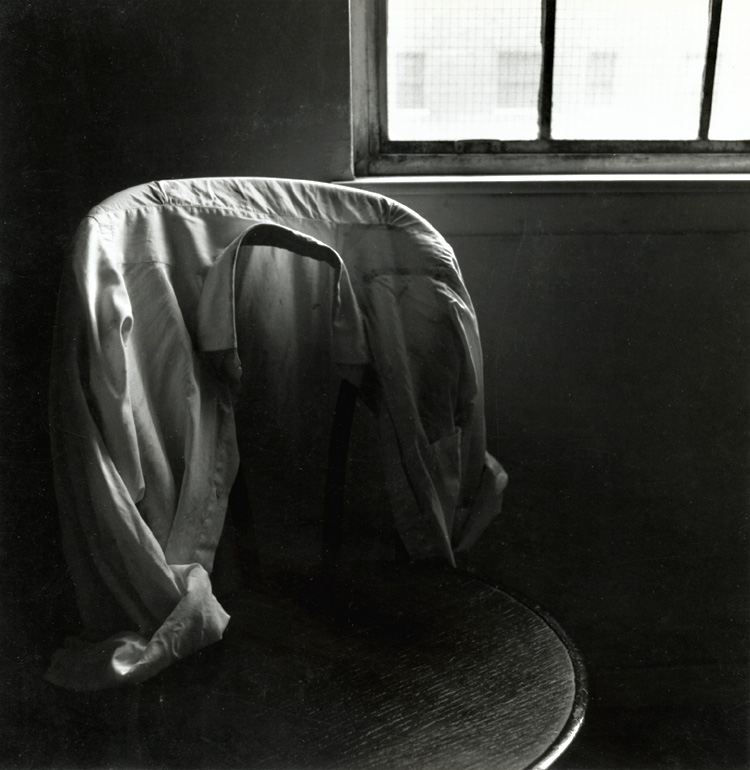
Eva Rubinstein, hija del famoso pianista Arthur Rubistein, creció en una casa donde se respiraba música y arte, lo que le infundió una profunda pasión por la música, y las visitas a los museos en casi todas las capitales del mundo sentaron las bases para lo que sería su vocación fotográfica. Eva Rubinstein admite, en efecto, que debe mucho a la influencia de los grandes pintores, y de modo particular a Jan Vermeer, por la serena calidad de sus luces, que encontramos a menudo en los interiores fotografiados por ella. También la influencia de Andrew Wyeth y de Edward Hopper, con su sentido de aislamiento y los cuadros de tierras solitarias, queda reflejado en el trabajo de Rubinstein.
La luz, por otra parte, es un elemento predominante en la fotografía de Eva Rubinstein. A veces entra a raudales por puertas y ventanas, a veces se refleja en los rostros de las personas y en los objetos; en ocasiones parece querer penetrar con fuerza, como en la foto Luz, 100 liras, donde la luz pugna por entrar a través de las rendijas del portón de una iglesia, mientras el cartel del muro indica que para ver los frescos hay que pagar 100 liras por un minuto de iluminación artificial. Extrañamente, la luz que se infiltra del portón forma una cruz blanca luminosa.
Y como, a fin de cuentas, toda fotografía es un autorretrato, la luminosidad, sobre todo de los trabajos más recientes, representa un elemento positivo en la vida de la autora.
//
Eva Rubinstein, daughter of the famous pianist Arthur Rubinstein, grew up in a house where she breathed music and art, which instilled her a deep passion for music, and visits to museums in almost every capital of the world laid the groundwork for what would be her vocation photo. Eva Rubinstein admits, in effect, that owes much to the influence of the great painters, and particularly to Jan Vermeer, for the serene quality of his lights, which are often found in the interiors photographed by her. Also the influence of Andrew Wyeth and Edward Hopper, with his sense of isolation and solitary land boxes, is reflected in the work of Rubinstein.
The light, on the other hand, is a predominant element in the photograph of Eva Rubinstein. Sometimes pours through doors and windows, sometimes reflected in the faces of people and objects, sometimes seems to penetrate with force, as in the photo Light, 100 lire, where the light struggles to get through the cracks of the door of a church, while the sign in that the wall indicates to see the frescoes have to pay 100 yen for a minute of artificial lighting. Strangely, the light that passes the gate forms a luminous white cross.
And, after all, every photograph is a self portrait, brightness, especially the more recent work, represents a positive element in the life of the author.
(via: http://estudiodefotografia-fotografoprofesional.es/)
Compartir esto // Share this:



